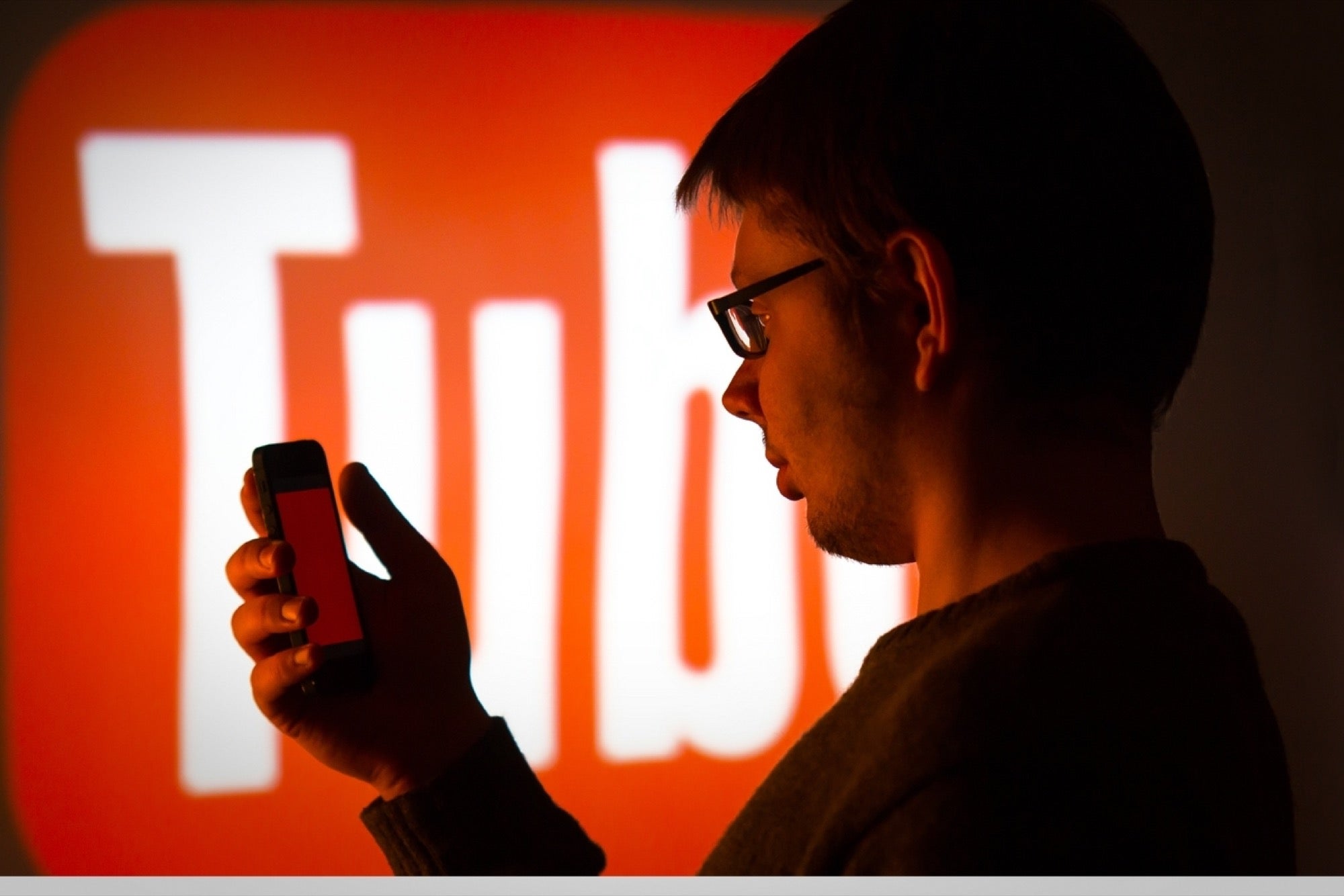How Entrepreneurs Can Use Livestreaming to Build their Brand It can help achieve several consumer-facing goals, including community building, influencer outreach, native advertising and social commerce
Opinions expressed by Entrepreneur contributors are their own.
You're reading Entrepreneur Asia Pacific, an international franchise of Entrepreneur Media.

The noise on social media has reached a fever pitch—to even be heard over the din, entrepreneurs in Asia Pacific have to produce moving content on a daily basis, or allocate a large advertising budget. As none of these strategies is cost-effective, entrepreneurs need to look for nascent channels to reach new users and customers. One of the most promising is livestreaming, which has already gone mainstream in China, where it is set to exceed box office receipts, and is fast growing in the rest of Asia.
Forward-thinking entrepreneurs would be wise to look at livestreaming as a major touch point for their brand, as it will enable them to accomplish a variety of consumer-facing goals, including everything from community building and influencer outreach to native advertising and social commerce. As livestreaming in the region has often gone under the radar in favour of more mass-market industries like ride-hailing, here's everything that entrepreneurs need to know about the medium's potential for their brand in Asia.
Community Building
Livestreaming can accelerate your community building efforts. Many brands try to build communities around their business, be they for their service providers or end users, through Facebook or LinkedIn groups. Livestreaming may be an effective way to jumpstart your community building, as it represents such a major shift from how we normally interact online.
Rather than interact with other users asynchronously on a group or a board—that is, not in real-time—livestreaming gives people the opportunity to interact with one another as its name hints: live. Shared experiences on digital, such as responding to the same show or participating in the same challenges, can forge stronger relationships among users and between them and your brand.
Influencer marketing
Livestreaming may make influencer marketing accessible again. The rise of globetrotting influencers on social media platforms like Instagram has placed influencer marketing beyond the reach of most entrepreneurs. With fees for a single post commanding up to tens of thousands of dollars, only large corporates can realistically work with influencers on a regular basis.
Livestreaming restores influencer marketing as a tool to the vast majority of entrepreneurs. Since audiences on livestreaming platforms tend to be more intimate, fees are not only more affordable (with some even accepting in-kind payment), but the results may be more impactful. When a livestreamer shares a product or service with their audience, viewers do not simply like a post and then scroll on as they would on Instagram. The influence wielded by influencers on livestreaming platforms is much deeper: Viewers sit, watch, and listen, in what for many is one of the few uninterrupted breaks during their day.
More pull
Livestreaming may bring you more bang for your advertising buck. One of the most commonly touted advertising metrics in digital marketing is cost per impression, which tracks the cost for every thousand impressions. No equivalent metric exists for livestreaming. Why? Because viewers do not simply look at a livestreaming feed and then click away, as they would with a banner ad or social media post. Each viewer is instead glued to their phone, giving the kind of undivided attention that other channels can only dream of.
With this level of intimacy, any form of advertising—not just influencer marketing—becomes more efficient. Entrepreneurs have many tactics to choose from. They can create branded content in collaboration with livestream show producers, provide ads that can air during relevant programs, or even embed themselves directly into the platform.
Sales channel
Livestreaming can even be a sales channel. Many entrepreneurs may erroneously assume that livestreaming is only for top-of-the-funnel marketing activities. Such could not be further from the truth. In every market where livestreaming has matured, there is always a natural evolution toward commerce, with viewers ordering products that the livestreamers is talking about, interacting with, or even wearing.
Commerce on livestreaming is almost like a private version of home shopping, made interactive to the extreme. Viewers can pose questions to the livestreamer, request they test the product in different ways, or even ask for recommendations. Brands appreciate this level of interactivity, as it spurs more sales from often fastidious Asian shoppers.
While streaming, of course, does present its own challenges, brands in Asia Pacific should look to the new medium with gusto. It's a channel that presents many opportunities for the entrepreneur discerning enough to see livestreaming not just as a trend they need to tap, but as a future they must prepare for.










